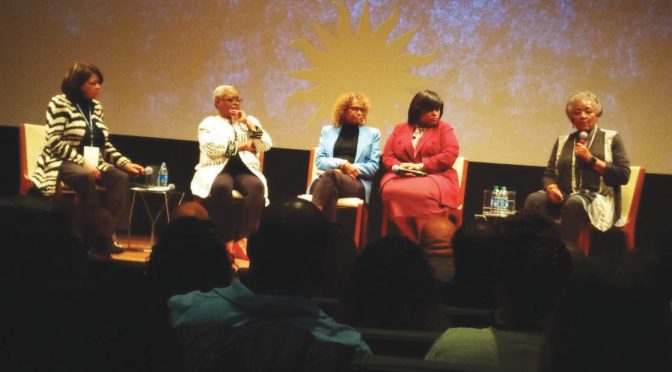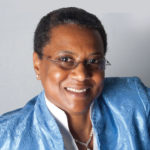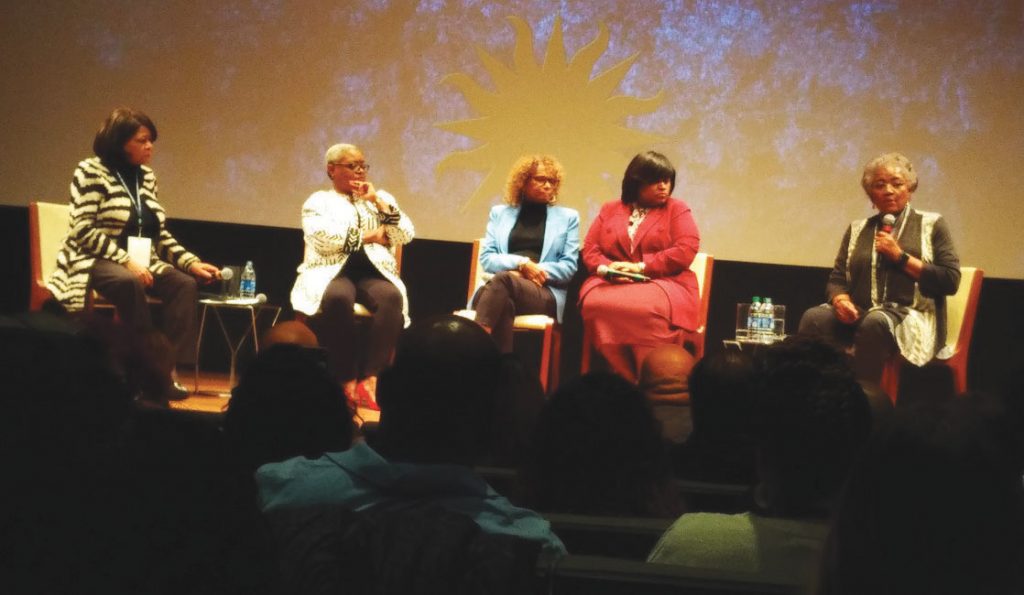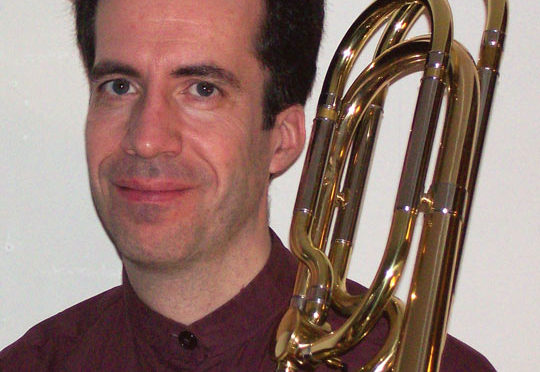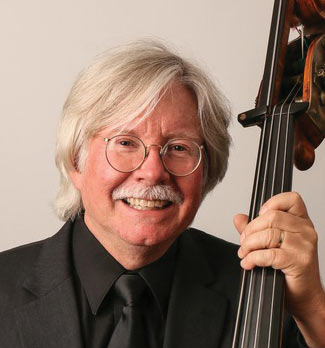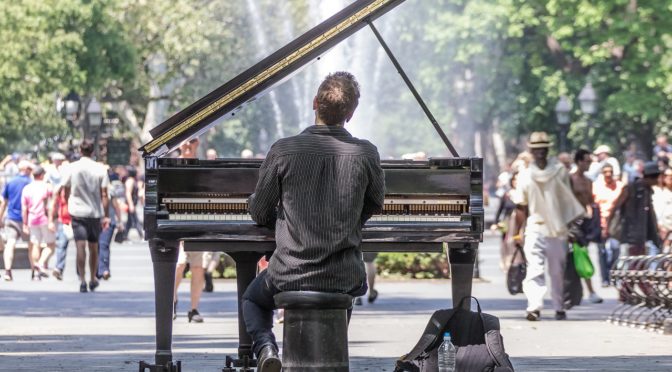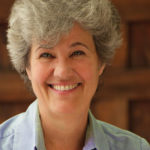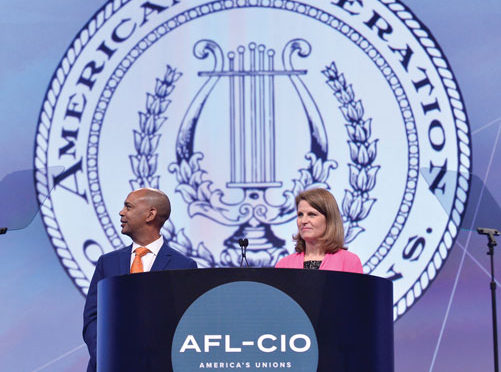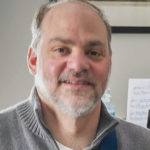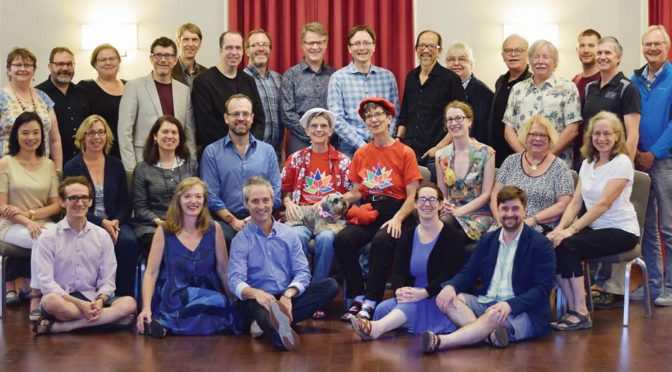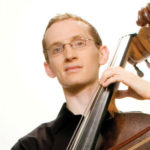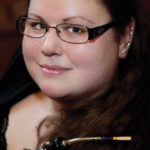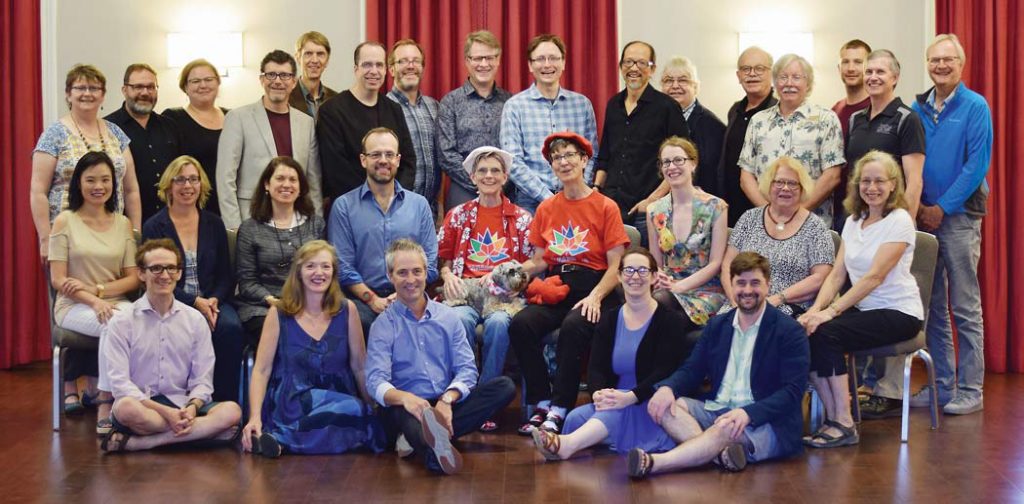Greetings from the Theatre Musicians Association (TMA) international headquarters, located in north central Massachusetts! Full disclosure: I’m sitting at my kitchen table, reflecting on our 25th annual TMA conference, which took place this past August. Twenty-five years of doing anything is a milestone, and it would be dishonest of me to write I was not more than a little sad that our silver anniversary gathering could not be celebrated in person. The reality of the current pandemic necessitated an online event. So, for the first time in our history, TMA officers, directors, members, and AFM leadership assembled virtually to discuss all things theatre-related. However, there was a silver lining to presenting a conference in this fashion: Attendance by the TMA general membership was far greater than what we have seen at past in-person conferences. Also, we were able to open this conference to interested non-members, as well as potential new chapter organizers. More on that in the coming months.
The conference began with my brief welcome, after which I turned the proceedings over to AFM International President Ray Hair. Hair gave a sobering assessment of the music business in general, and the theatre industry in particular. Currently, the Broadway League and Disney have no intention of sitting down with us to negotiate a successor agreement to the expired Pamphlet B contract. Hair predicted that musical theatre producers and presenters will use this pandemic as an excuse to gut contracts and abolish provisions the AFM has fought for over many years.
Following the president, I was pleased to introduce AFM International Vice President Bruce Fife, who spoke about the new version of the AFM’s officer training course. This course was given only once, at the Western Conference, before the pandemic hit and things were shut down. For the time being, the program is being presented via Zoom. AFM Secretary-Treasurer Jay Blumenthal reported that work dues coming into the Federation were down, as one might expect. To make matters worse, the federal government’s Paycheck Protection Program was not available to labor unions, so no help was to be found there. Blumenthal finished his report by telling us the International Executive Board endorsed the Biden/Harris ticket in the upcoming election.
During my president’s report, I spoke about the timeline of the Broadway and touring shows shutdowns, the plight of our musicians on the road whose instruments were stranded on trucks for months, and the uncertain future of our business. While things certainly look bleak, I pointed out the public misses the theatre, as displayed by the tremendous success of Disney Plus’s broadcast of Hamilton. I am confident musical theatre will return to Broadway and cities across the United States and Canada.
In preparation of that day, TMA, in cooperation with AFM Director of Theatre, Touring, and Booking Tino Gagliardi, drafted a document outlining suggested safety protocols for theatre reopening, previously published in these pages. TMA Vice President Heather Boehm, Secretary-Treasurer Mark Pinto, and myself have also drafted a document that addresses the complexities of subbing after theatres reopen. There will no doubt continue to be new COVID cases after we return to work, and a clear, carefully considered plan for last-minute pit orchestra substitutions must be in place. I also mentioned how proud I was that the TMA Executive Board published a statement of support for those who work towards ending systemic racism in the United States.
Boehm then spoke about unemployment insurance issues musicians face, the huge threat the new virtual orchestra technology KeyComp poses to the employment of live musicians in the pit, and the successful organizing campaign of Chicago’s Porchlight Theatre she spearheaded. Pinto gave a positive report on TMA’s finances and membership numbers.
We were then treated to reports from two of the other four players’ conferences—Chairperson Meredith Snow for the International Conference of Symphony and Opera Musicians (ICSOM), and President Mike Smith for the Regional Orchestra Players Association (ROPA). Lovie Smith-Wright gave her always-interesting diversity report, made all the more important due to the current wave of civil unrest and protests against systematic racism in the United States. Her report was the perfect precursor for the following day’s diversity roundtable.
Closing out Day 1 was Gagliardi’s report, giving a timeline of the Broadway shutdown and the subsequent closing of touring productions. He reported that while the Broadway League has stated there will not be a resumption of shows before the first of January, there are some regions that are advertising productions for the fall of 2020. He also cautioned about musicians devaluing their work by offering to livestream their performances without receiving compensation.
Day 2 of the conference began with a presentation from renowned peak performance psychologist Dr. Don Greene, who offered coping mechanisms customized for musicians. We then heard from the other two players’ conference presidents—Robert Frasier of the Organization of Canadian Symphony Musicians (OCSM) and Marc Sazer of the Recording Musicians Association (RMA). AFM Legislative, Political, and Diversity Director Alfonso Pollard gave us a legislative report highlighting the work he is doing to represent musicians’ interests on Capitol Hill. Smith-Wright and Pollard then led a thought-provoking roundtable examining diversity in the musical theatre orchestra.
The final presentation of the day was titled, “COVID-19, Musicians, and the Return to Work,” led by otolaryngologist Dr. Adam Schwalje. This enlightening presentation examined the science of COVID and the criteria that must be met to ensure our safety as we return to the theatre.
Finally, elections were held, and all national TMA officers were reelected by acclamation: myself as president, Boehm as vice president, and Pinto as secretary-treasurer. Also elected by acclamation were Jan Mullen as director for Broadway, Lovie Smith-Wright as director of membership-at-large, and Angela Chan as director for travelers.
My sincere thanks to all the presenters and attendees for making this conference a great success. I look forward to seeing everyone in person next summer!


